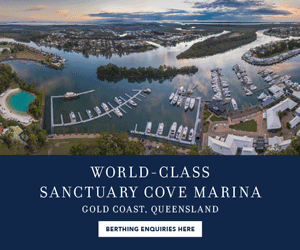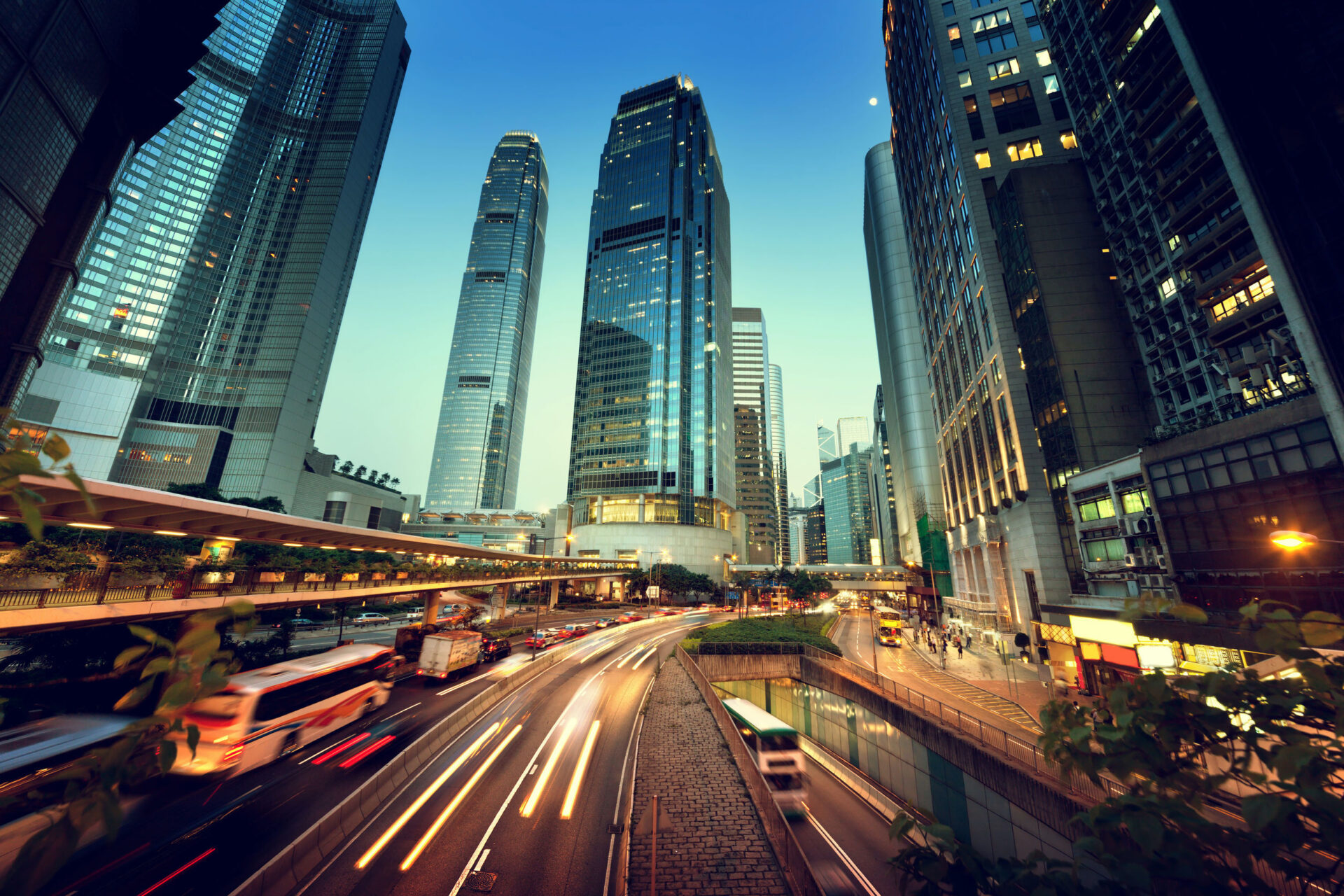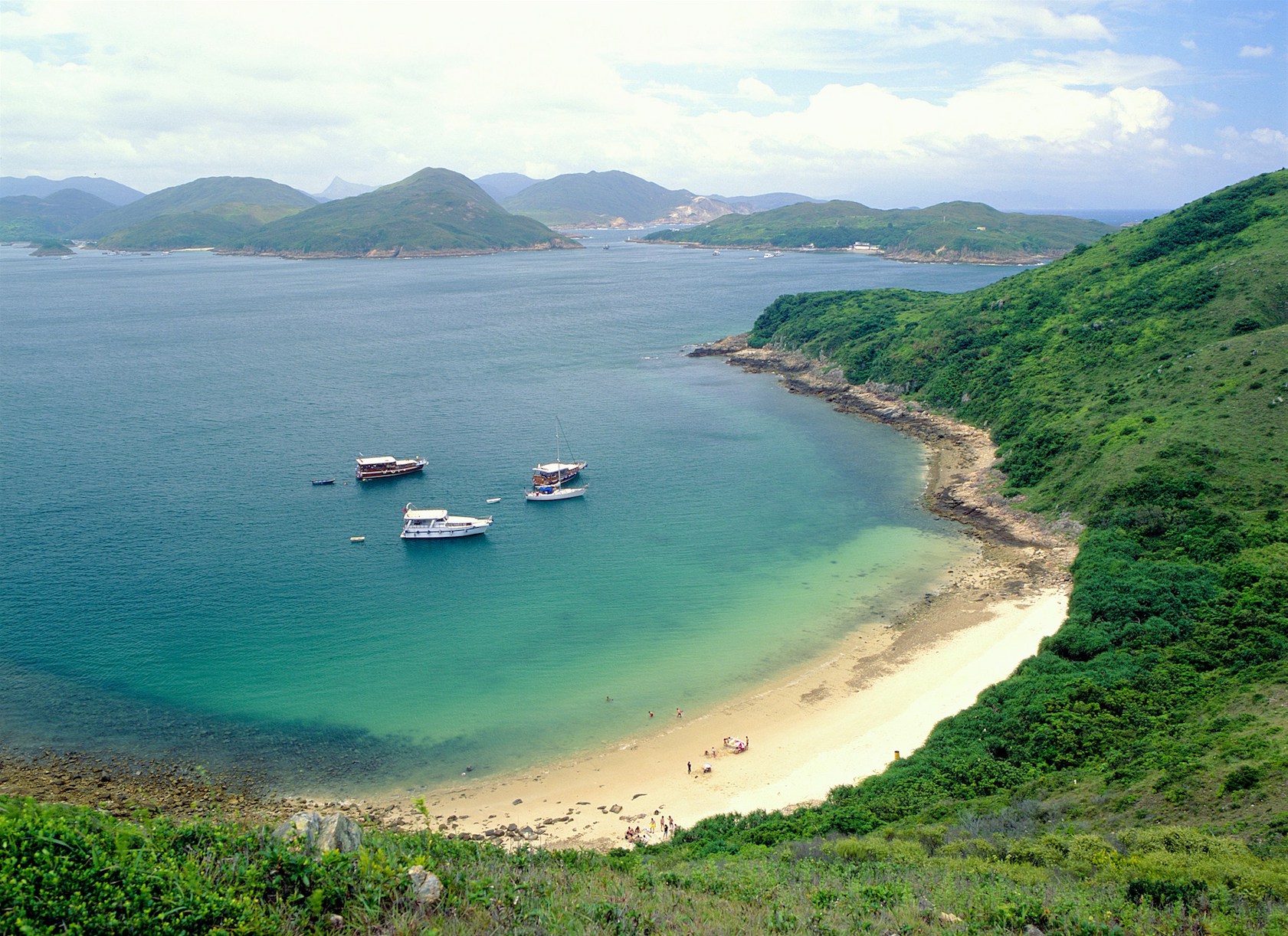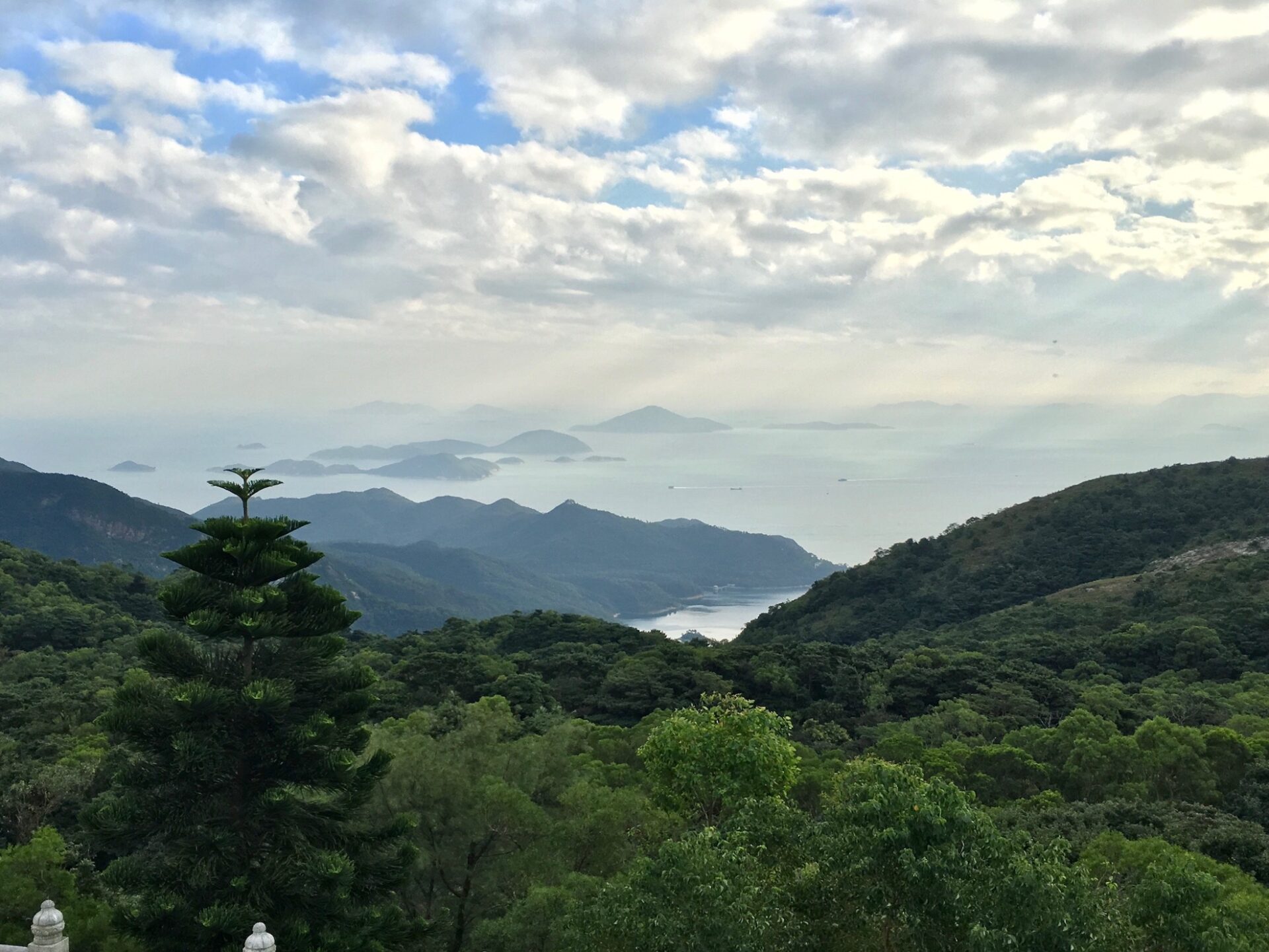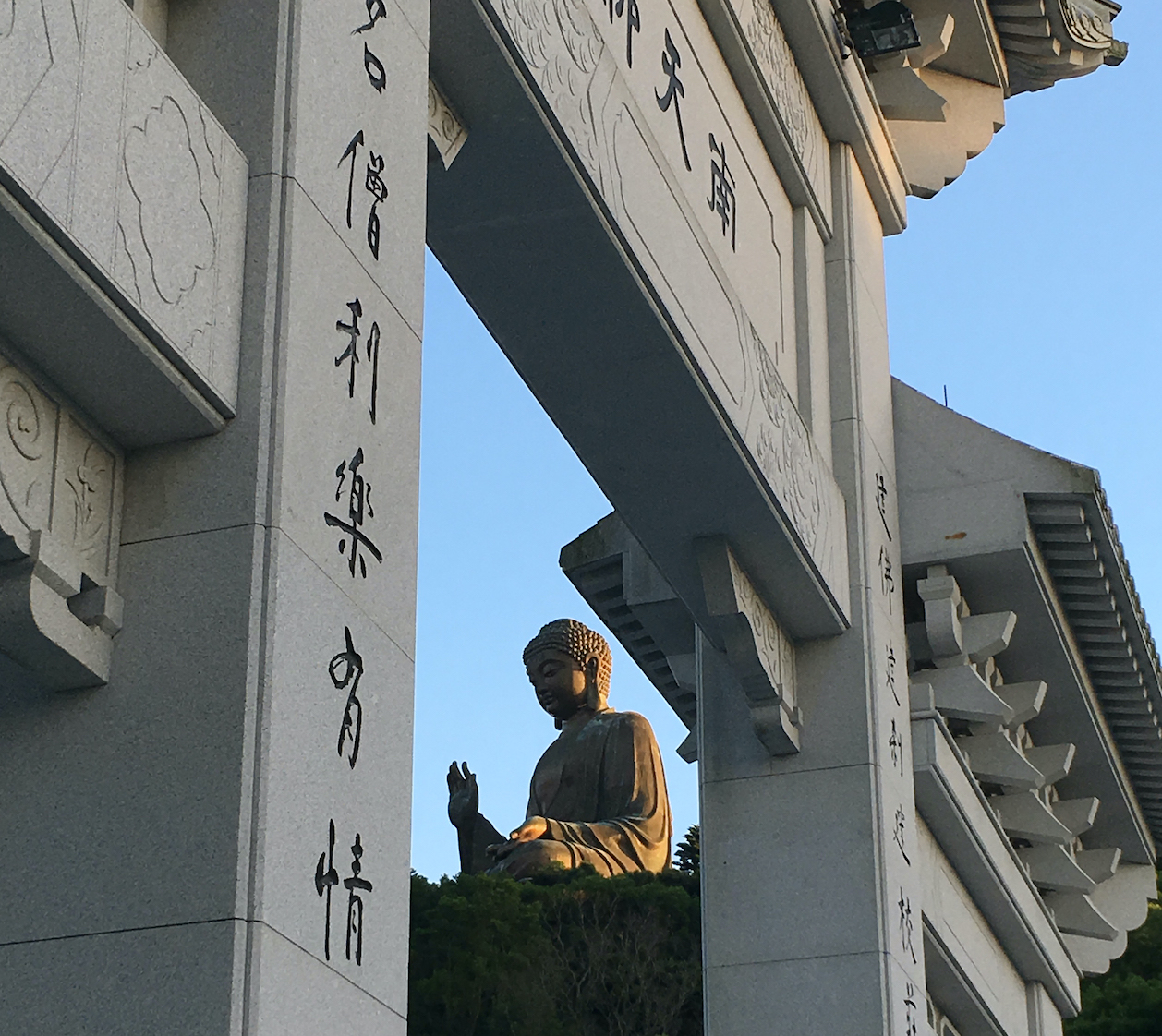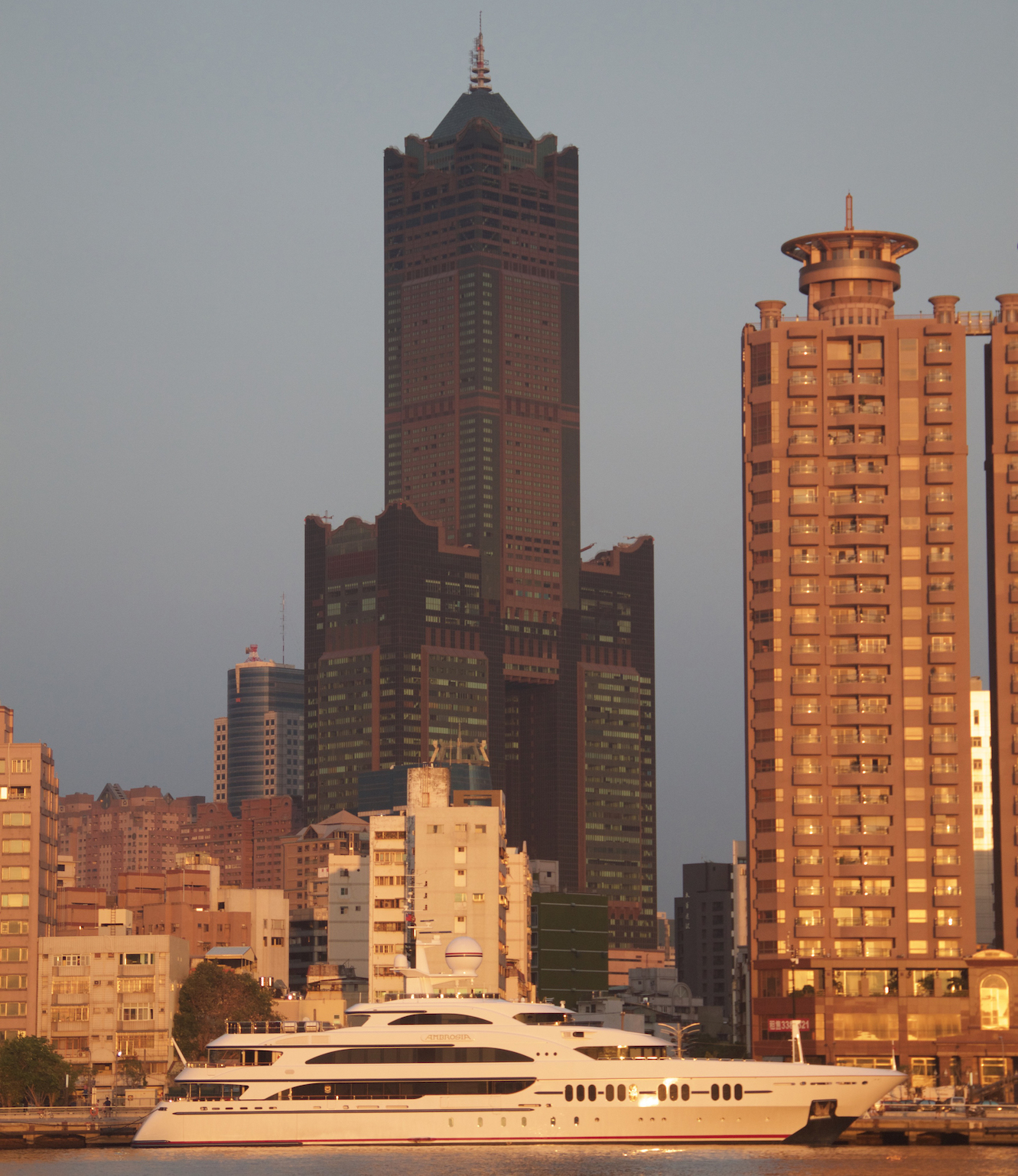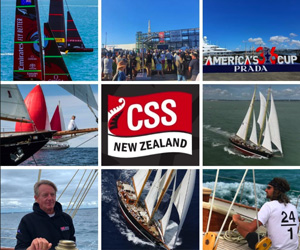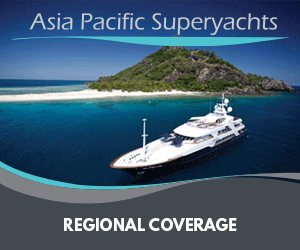- CAPTAIN'S LOG / Asia
- 3 December 2019
Advertisement
IN HONG KONG, gleaming skyscrapers tower over bustling night markets and celebrity-chef restaurants overlook a harbour where ancient dhow fishing boats weave between container ships.
Yet behind the heady hub-bub and haute couture shopping of Hong Kong city, a surprise lies in wait for adventurers – vast swathes of mountainous jungle, vibrant rice paddies and white sand beaches.
This lush tropical landscape extends out to the islands of southern China where luxury beach resorts, ancient temples and surf breaks present a different side to the endlessly surprising People’s Republic of China.
South China is where the old world meets the new with dizzying speed, yet where you can still find a timeless paradise in the turquoise seas.
Hong Kong
While Hong Kong has an established smaller yacht industry and community, the rules and regulations around large foreign-flagged yachts are somewhat prohibitive and in a state of flux. It is, therefore, best that any foreign yachts entering Hong Kong take on a local and professional agent as it can be difficult to find a berth and foreign yachts are not permitted to just stay on anchor.
Additionally, foreign yachts require a letter of invitation from a marina in order to acquire a cruising permit, which needs to be renewed every 30 days. (Although do note there have been reports recently of it being every week.) Foreign yachts are permitted to stay for up to 185 days in any 365, but only if they have a guaranteed berth.
Hong Kong has three main marinas: Marina Cove in Sai Kung, Gold Coast Country Club in the New Territories, and Aberdeen Harbour on Hong Kong Island.
To stay and cruise more easily, foreign yachts may apply for a Hong Kong operating licence, although the procedure and inspections for gaining this are long and exhaustive. The yacht will then need to apply Hong Kong employment laws while in Hong Kong, something the crew may not be happy about.
It can be challenging to operate a foreign-flagged yacht here, which is a shame as Hong Kong has a great deal to offer in terms of cruising, although most of it is currently inaccessible to large yachts. However, not far from Hong Kong lies the prime cruising grounds of southern China.
Hainan Island
Hainan Dao (Hainan Island) is in the southernmost province of mainland China. I have visited the island three times, stopping in Haikou in 2006, the southern port of Sanya in 2010, and Lingshui in the east in 2018. I encountered different clearance processes on each visit.
Sitting in the subtropical South China Sea with Vietnam and the Gulf of Tonkin to the west, the coast is quite beautiful, the beaches are expansive and clean, and international-quality developments are appearing almost daily.
At the time of our 2018 visit, cruising around Hainan was strictly controlled for foreign yachts, which is not surprising given the location of the submarine base. It can only be done in daylight and must be accompanied by an approved pilot.
Haikou
The first visit was unplanned – a late-developing typhoon heading west from the Philippines caused me to divert to the protected anchorage off Haikou. This was certainly the first time that the authorities in Haikou had been presented with such a large and prestigious yacht. M/Y Ambrosia, built under supervision by Central Yacht, is 65 metres and was on her maiden delivery voyage from Italy to Hong Kong.
Advance warning was given to a local commercial shipping company so we were not totally unexpected. Fortunately, we also had a Chinese-speaking chef on board because at the time I spoke none of the local languages. Clearance formalities took three days with an army of different departments all seeking to come on board.
The vessel they used to rendezvous at the anchorage was a harbour tug, which we (very politely) declined to allow alongside, instead launching our tender to ferry officials across. While the process took a long time, there were no issues. Patience and politeness are key.
Basic courtesy is necessary, but extravagant displays of generosity would be counter-productive.
Sanya
In 2010 we returned to Hainan Island with Ambrosia to attend a major Asian lifestyle event held in Sanya. Formalities were taken care of in advance by the show organisers.
Ambrosia was the biggest yacht at the show. Being too large to enter the harbour, Serenity Bay Marina was not built at that point, Ambrosia anchored in front of the town, close to where the cruise ship terminal is now.
Clearing the yacht was relatively simple, however, immigration officials insisted on seeing everyone on shore – a complete turnaround from the previous visit to Haikou where all formalities were completed on board.
This resulted in a bit of a stand-off due to the presence of the owner on board who didn’t take kindly to the summons by the immigration officials. A compromise was reached by organising for the immigration officer to be on the dock at the time the boss went ashore. It is extremely important to give the impression that you are working on the side of the authorities.
Once cleared, we were able to cruise around Sanya with little supervision, even to anchor in the bay to the east of Sanya close to the PLA top-secret nuclear submarine base. Clearing out was more simple than clearing in, and the yacht returned to Hong Kong without incident.
Lingshui
My most recent visit to Hainan was on another Central Yacht build – the 55-metre M/Y Genesis II – when the owner wished to visit Hainan for Chinese New Year in 2018.
There are two marinas capable – just! – of taking a 55-metre vessel: Serenity Bay in Sanya and Lingshui to the north-east. The owner knew the developer of the Lingshui project so this made the choice easy. The marina is in the open water scheme and accessible to foreign-flagged yachts. The marina was also able to post the bond with the Chinese authorities, which I assume is in place to discourage illegal import of much smaller yachts.
In 2018, Lingshui Marina was quite a recent development and not yet properly charted. Local information was therefore sourced before departure from our engineer, who had been based in the region and is still well connected. Prior planning makes the arrival process much smoother, which was important in our case given the owner was planning to arrive the following day and any delays on clearing would have been problematic.
Arriving off Lingshui early morning, we anchored close to the breakwater, awaiting instructions to enter accompanied by a pilot boat.
The pilot wasn’t really necessary in this case, but we had been advised by one source that there were strong currents at the entry. On arrival, the clearance process was very efficient, although the number of officials could be a little daunting. The process took under 45 minutes, helped along I think due to my now limited but polite Mandarin.
Despite being the county seat, Lingshui is not well serviced by international-standard shops and businesses. It’s best to arrive completely provisioned and rely only on locally grown fresh produce, which is limited.
While we had been advised that the yacht would stay in the marina for the duration of the trip, on arrival the boss decided to take a day cruise to Sanya. As with many things in China, the unexpected can be achieved but takes time, so my advice to captains is that it’s better to plan for all eventualities in advance.
Clearing out was even more simple than arriving. In fact, the authorities and staff at Lingshui were perhaps the most courteous and efficient I have encountered on any international voyage.
Advice to captains
The lesson to be learned from my three visits to Hainan Island is that the rules are constantly in flux and can be interpreted in different ways. The latest information must, therefore, be sought immediately prior to departure. In addition, showing patience and politeness is crucial when dealing with officials.
We are certain to return to beautiful Hainan, and I am sure more owners will also be tempted to visit, which will hopefully lead to a relaxation of the cruising rules.
Indonesia streamlines permit processes





